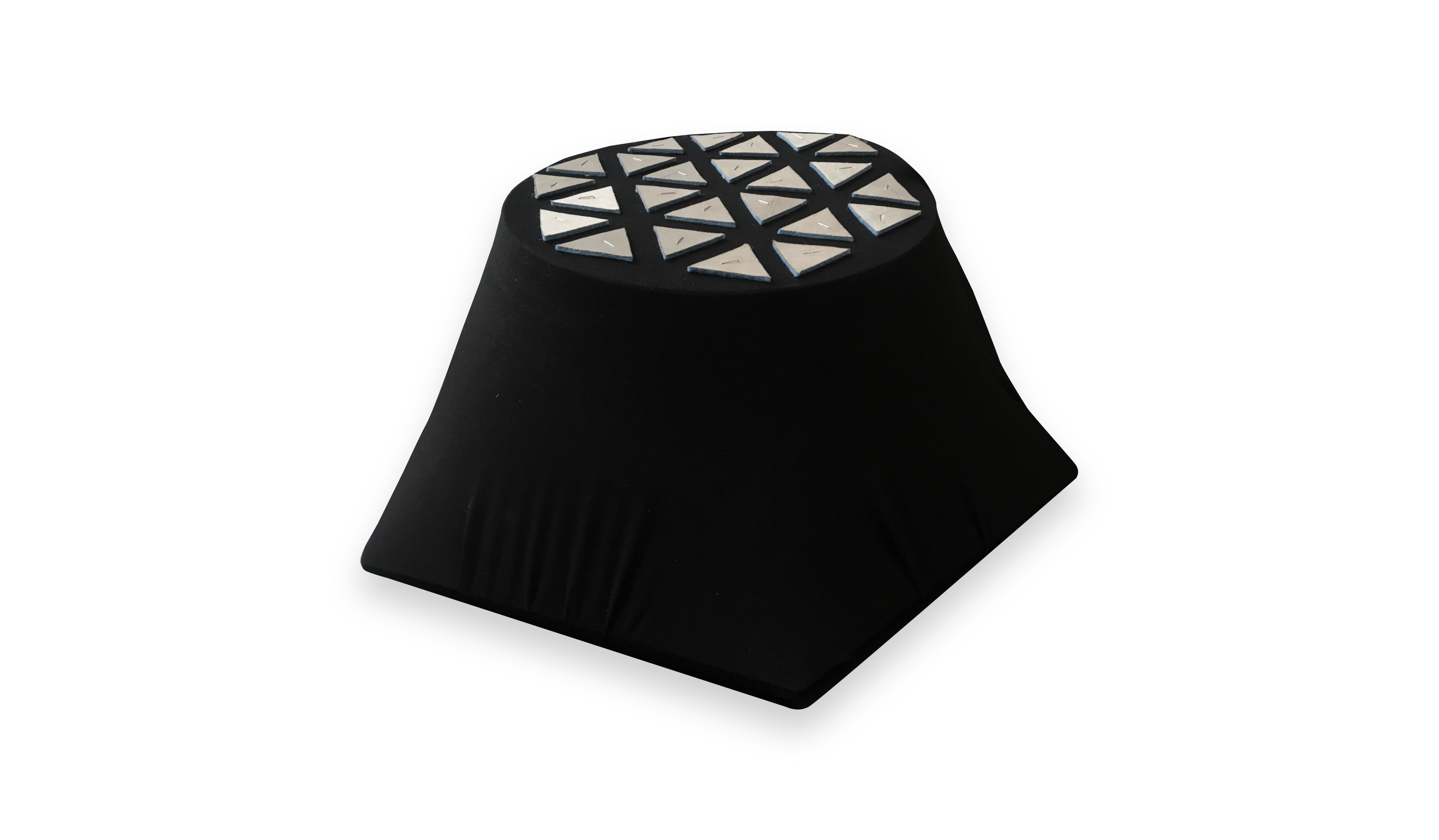The most important aspect of the technology in the artificial womb is the so-called biobag, which has already been tested on lambs. A biobag is a closed environment that mimics the uterine environment of the womb in order to sustain preterm fetuses for up to four weeks.
The new artificial womb technology could thus save the lives of preterm babies, supporting the development of fetal organs until they reach maturity. In the same way as it does for the lambs. However, this new technology could have negative side effects; During the development of the preterm babies, behavioural problems could emerge later in life. These new problems are expected due to the disrupted parent-infant bonding, in other words: The bonding process.
In this scenario the parents and the child would be separated for a certain amount of time before the baby could get transferred to an incubator in the NICU (Neonatal Intensive Care Unit). This period in the artificial womb seems short when looking at it from the outside, and could lead to underestimating the importance of the interactions between parents and the baby.
The newborn is in an in-between stage: born and unborn at the same time. This context creates many challenges for various disciplines and requires new expertise and professions to make this journey happen. In this context the design profession is facing unique challenges for all involved stakeholders, with one outshining any other: How to bond with a child while it is in the artificial womb?
Throughout the process the design challenge has been developed from this starting point, and the final challenge for this project is formalized as follows:
"Design an artifact that provides conscious bonding between baby in the AW and parents by creating an experience through meaningful interactions."

Below you can also find some visuals of a timeline I created for a conceptual (future) pregnancy involving the artificial womb. This timeline is a visual guide to the different aspects and phases in the baby's growth. From the stakeholders involved in each week, to what organ is fully developed at which stage.



The prototype was then tested during a co-design session. We asked a group of parents to help us to improve the prototype by sharing their experiences and throughts. New and interesting perspectives were gathered here, and the sessions could not have gone better.
An expert interview at the Maxima Medical Center in Eindhoven was also conducted. We gained deeper insights into the going-ons at the NICU, and learned how doctors and parents work together when a baby is born prematurely.


Patches were added on top of the second prototype in order to determine where a user is touching the fabric. This would eventually send a signal to the baby in the artificial womb, to which it could react by kicking or moving (as baby's in the natural womb do). The mechanism in the prototype would then mimic the kick in the artificial womb, which the parents would be able to feel.





The final presentation for this project can be seen below, including the final prototype (sight, hearing, touch), informational posters, and a screen displaying different quotes from the co-design session and interview sessions.


Maik Nothbaum
Nick Ruijs